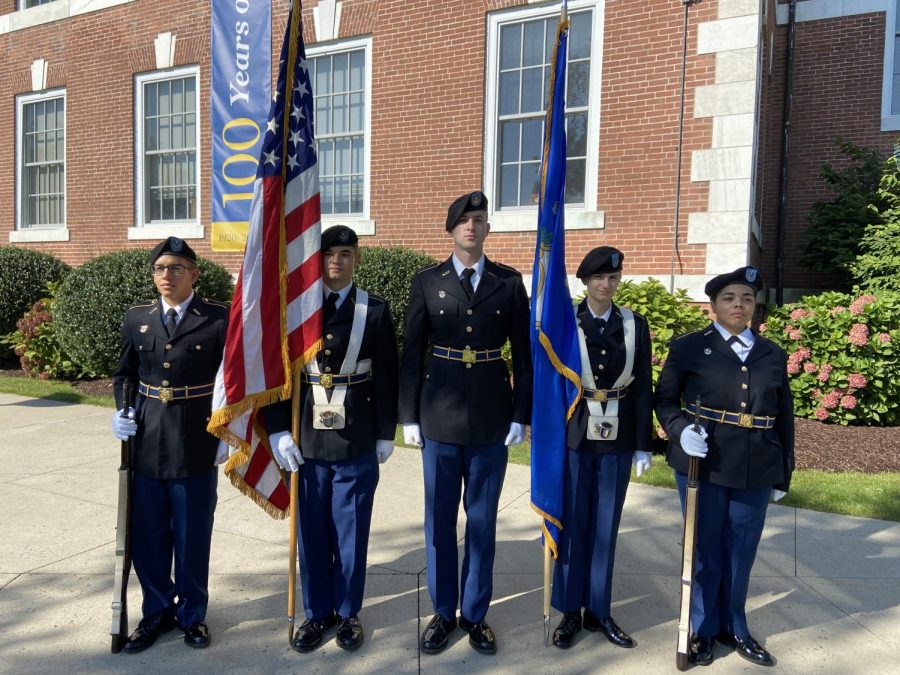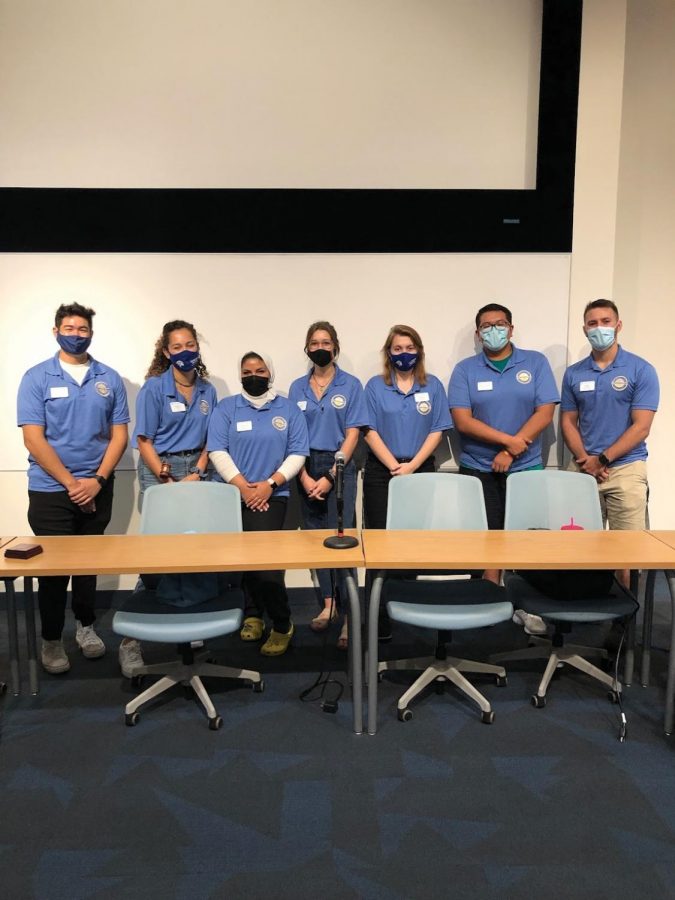Displayed in an art showing are many art works and bronze statues, found to be lost or corrupted by the Nazis during World War II. Belonging to an assortment of “Hitler’s system of including 15,000 sexual elements,” (Mary Lane, journalist) reporters came to Berlin’s Neues Museum, in search of finding out more about these interesting artifacts.
As fascinating as they are, these art pieces symbolize the dark times of the city, back in the ancient times. When Neues Museum’s most recent displays were found, it was the summer of 1944, when a group of construction workers discovered these findings “on the site of an office building that was burnt down.”
Before the fire, the artifacts were safely kept in this small office building, the museum’s director, Matthias Wemhoff had thought. “Each floor fell onto the next and everything that couldn’t be burnt collected at the bottom in the basement, including the sculptures,” he explained to reporters.
Wemhoff, then pointed out a very unique piece, captivating a full-figured woman holding grapes with her child, made into a sculpture. This was a big theme that most of the artworks showed in the museum of Berlin.
Also on display, was a statue of a moderately-standing man’s head, representing Otto Freundlich, a man who was murdered in 1943 in Lublin-Maidanek’s concentration camp. It was left to be “restored to reflect the damage of time and fire.” (Lane)
As a result, Berlin’s mayor, Klaus Wowereit, described discovering these pieces of art was like a “small miracle,” that shows how tough it must have been back then, with Hitler around.










